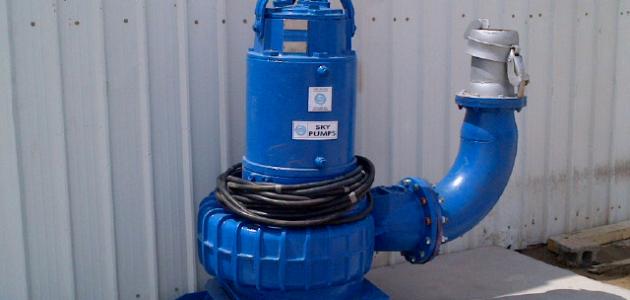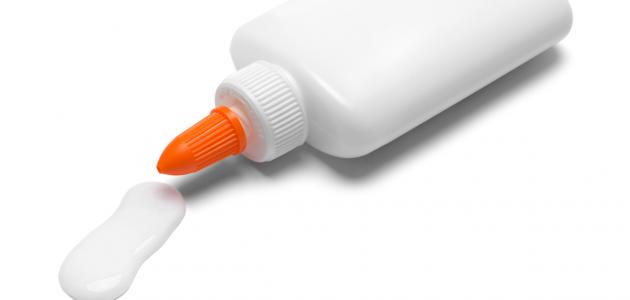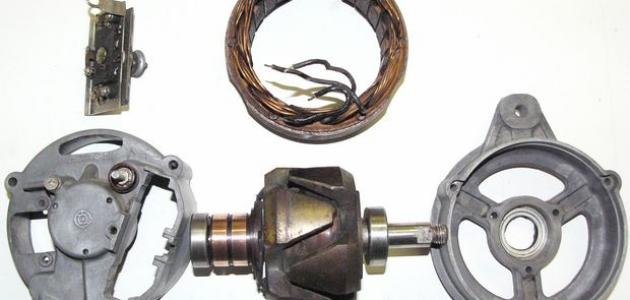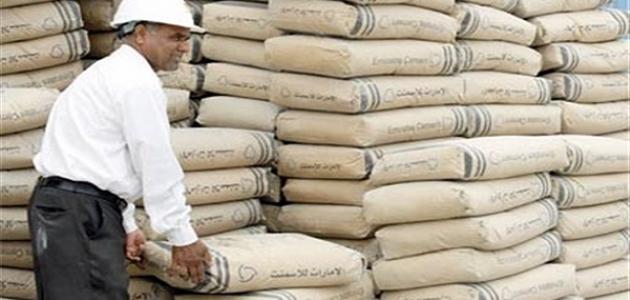the pump
The pumping process is defined as giving liquid materials a certain energy so that they move from one place to another, or from a low level to a higher level. This species is particularly suitable for pumping both fresh and brackish water
Types of pumps
Pumps are classified into different types, and the following are the most common types, which include the following:
displacement pumps
In which liquid and gaseous materials are transported from one place to another, depending on what is called withdrawal and expulsion through a mechanical change process that occurs specifically to the size of the cylinder. This type of pump includes other types, the most important of which are:
Circulation pumps
In which liquid and viscous materials are pumped using an electric motor or a steam turbine, and its shape is spiral or fan, and it is called by this name because the cylindrical pistons in it move a rotational movement, and they are used in forced lubrication and fuel transportation.
Reciprocating pumps
In which liquid materials of medium viscosity are pumped using an electric motor or a steam engine, and its shape is a piston, and it is called by this name because the cylindrical pistons in it move a reciprocating motion, and it is used in forced lubrication and in feeding and fire pumps, in addition to sertina and ballast pumps.
Read also:What is the meaning of the monopoly of the iron industry?Centrifugal pumps
Here, liquid materials are pumped using a centrifugal force resulting from the rotation of what is known as the blades through which the liquid material passes. It includes several types, most notably axial pumps and radial pumps, in addition to fresh water pumps, sea water pumps, and boiler feed pumps.
Factors affecting pump selection
There are a group of factors that are adopted in choosing the appropriate pump, and they include all of the following:
- The capacity of the pump and the height required in it, which in turn controls the speed and dimensions of the vane, in addition to the type of suction used, either single or double.
- The temperature required during the pumping of the liquid material, and this differs from one pump to another depending on its type and use.
- The viscosity of the material to be pumped.
- The type of medium used in terms of its ability to form rust, and this is determined by the choice of metal used in making the pump.
Technical considerations when using pumps
There are a set of instructions that must be taken into account when using pumps, including the following:
Read also:How do I use Moroccan soap?- The use of high-lift pumps in the lubrication cycle or the transfer of fuel, fresh water, or sirton only.
- The use of large volume pumps in the refrigeration cycle or ships.
- Using medium-sized pumps to pump fresh water and healthy water.









